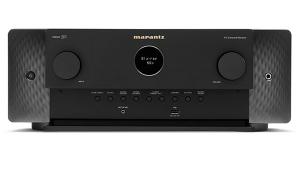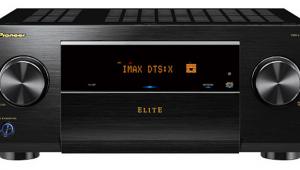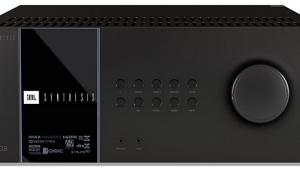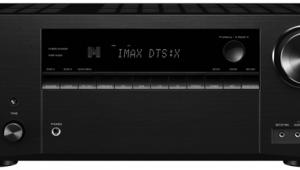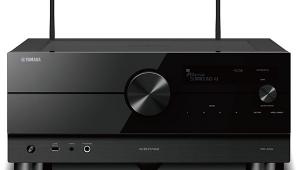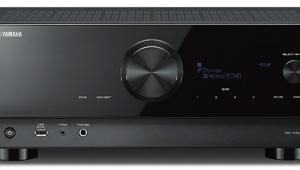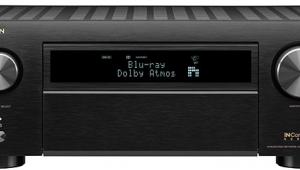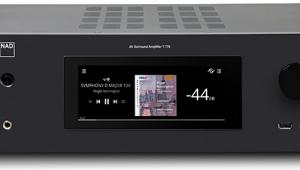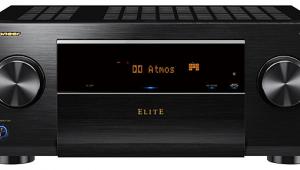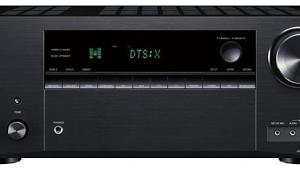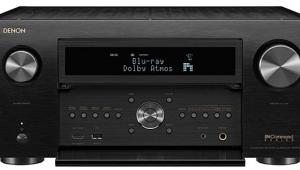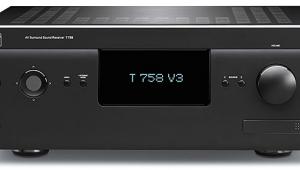NAD T 787 A/V Receiver HT Labs Measures
Two channels driven continuously into 8-ohm loads:
0.1% distortion at 152.7 watts
1% distortion at 184.5 watts
Five channels driven continuously into 8-ohm loads:
0.1% distortion at 110.3 watts
1% distortion at 149.2 watts
Seven channels driven continuously into 8-ohm loads:
0.1% distortion at 98.9 watts
1% distortion at 119.6 watts
Analog frequency response in Bypass mode:
–2.06 dB at 10 Hz
–0.64 dB at 20 Hz
–0.14 dB at 20 kHz
–3.35 dB at 50 kHz
Analog frequency response with signal processing:
–4.08 dB at 10 Hz
–1.28 dB at 20 Hz
–1.20 dB at 20 kHz
–42.86 dB at 50 kHz

This graph shows that the T 787’s left channel, from A1 input to speaker output with two channels driving 8-ohm loads, reaches 0.1 percent distortion at 152.7 watts and 1 percent distortion at 184.5 watts. Into 4 ohms, the amplifier reaches 0.1 percent distortion at 180.1 watts and 1 percent distortion at 207.1 watts.
Response from the multichannel input to the speaker output measures –1.93 decibels at 10 hertz, –0.60 dB at 20 Hz, –0.16 dB at 20 kilohertz, and –3.44 dB at 50 kHz. THD+N from the A1 input to the speaker output was less than 0.036 percent at 1 kHz when driving 2.83 volts into an 8-ohm load. Crosstalk at 1 kHz driving 2.83 volts into an 8-ohm load was –70.19 dB left to right and –75.42 dB right to left. The signal-to-noise ratio with an 8-ohm load from 10 Hz to 24 kHz with “A” weighting was –103.26 dBrA.
From the Dolby Digital input to the loudspeaker output, the left channel measures –0.95 dB at 20 Hz and –1.25 dB at 20 kHz. The center channel measures –0.98 dB at 20 Hz and –0.87 dB at 20 kHz, and the left surround channel measures –0.98 dB at 20 Hz and –1.10 dB at 20 kHz. From the Dolby Digital input to the line-level output, the LFE channel is +0.81 dB at 20 Hz when referenced to the level at 40 Hz and reaches the upper 3-dB down point at 58 Hz and the upper 6-dB down point at 68 Hz.—MJP
Video Test Bench
While the NAD will cross-convert from an analog input such as component to an HDMI output, it performs no video processing at all from an HDMI input to an HDMI output. Its output resolution will always be the same as the source resolution. As tested from a 1080p HDMI input to a 1080p HDMI output, the passthrough performance on our standard tests was flawless.—TJN

